
Water As a Sacred and Scarce Resource Among First Nations Reserves in Canada
2021 Trebek Grantee
Sara Hylton
When Clean Water Isn’t Certain
Many First Nations communities across Canada live with the daily uncertainty of water safety
In some communities, boil-water advisories have lasted for decades. In others, concerns about contamination have made people cautious of what comes from the tap.
Water systems are often aging and difficult to maintain, shaped by geography, limited access, and years of underinvestment.
This uncertainty touches daily life. It influences how meals are prepared, how children are bathed, and how people think about the water in their homes.
Over time, trust fades, and adaptation becomes routine.
Sara Hylton documents the daily challenges of living without reeliable access to clean water across 2 First Nations Reserves
Water is tested in the community center of Neskantaga First Nation
What does it mean to live without clean water?
In Neskantaga First Nation, generations of families have had to rely on boiling water for drinking, bathing, and cooking. In Fort Chipewyan, Elders speak of fish that are no longer safe to eat and water that is no longer trusted. These two communities have distinct histories, but both live with the daily reality of water insecurity.
Photojournalist and 2021 Trebek Grantee Sara Hylton spent two years documenting what that reality looks and feels like. Her photographs reveal how families adapt, how water is stored, boiled, and rationed, and how trust in the tap has slowly eroded.
Her work has been featured in Canadian Geographic and continues to reach new audiences through exhibitions and public talks. Sara’s stories are set in everyday places: kitchens, fish camps, and conversations with Elders, where water is more than a resource. It is part of family life and memory, and a reflection of care.
Explore Sara’s Photo Essays in Canadian Geographic
These articles reveal how residents of Neskantaga and Fort Chipewyan experience life without reliable access to clean water.
The trauma of an entire generation without access to safe drinking water has left its mark. Written by Brandi Morin with photography by Sara Hylton.
Published in Canadian Geographic magazine on Jan 09, 2025, Updated Jan 10
Through photographs and interviews, Canadian photographer Sara Hylton examines the human-caused impacts that are damaging Fort Chipewyan, a small community in northern Alberta.
Published in Canadian Geographic magazine on Sep 22, 2023, Updated Feb 20, 2025

The Neskantaga First Nation
Located along the banks of Attawapiskat Lake and the Otoskwin River, the people of Neskantaga have lived under Canada’s longest-running boil-water advisory.
Located along Attawapiskat Lake in northern Ontario, Neskantaga is a fly-in Ojibwe community that has lived under Canada’s longest-running boil-water advisory. Although water surrounds the community, it is not trusted in the home. Bottled water is flown in and stored in closets. Some residents drive an hour outside town to collect spring water considered safe. Every drop is rationed, boiled, and carefully monitored.
Generations have grown up under this advisory. Elders speak about a time when clean water could be gathered directly from the land. Today, even bathing a newborn requires preparation. The cost of goods is high, and the weight of daily adaptation is constant.
The images below offer a glimpse into a community where water serves as both a source of life and a daily struggle.
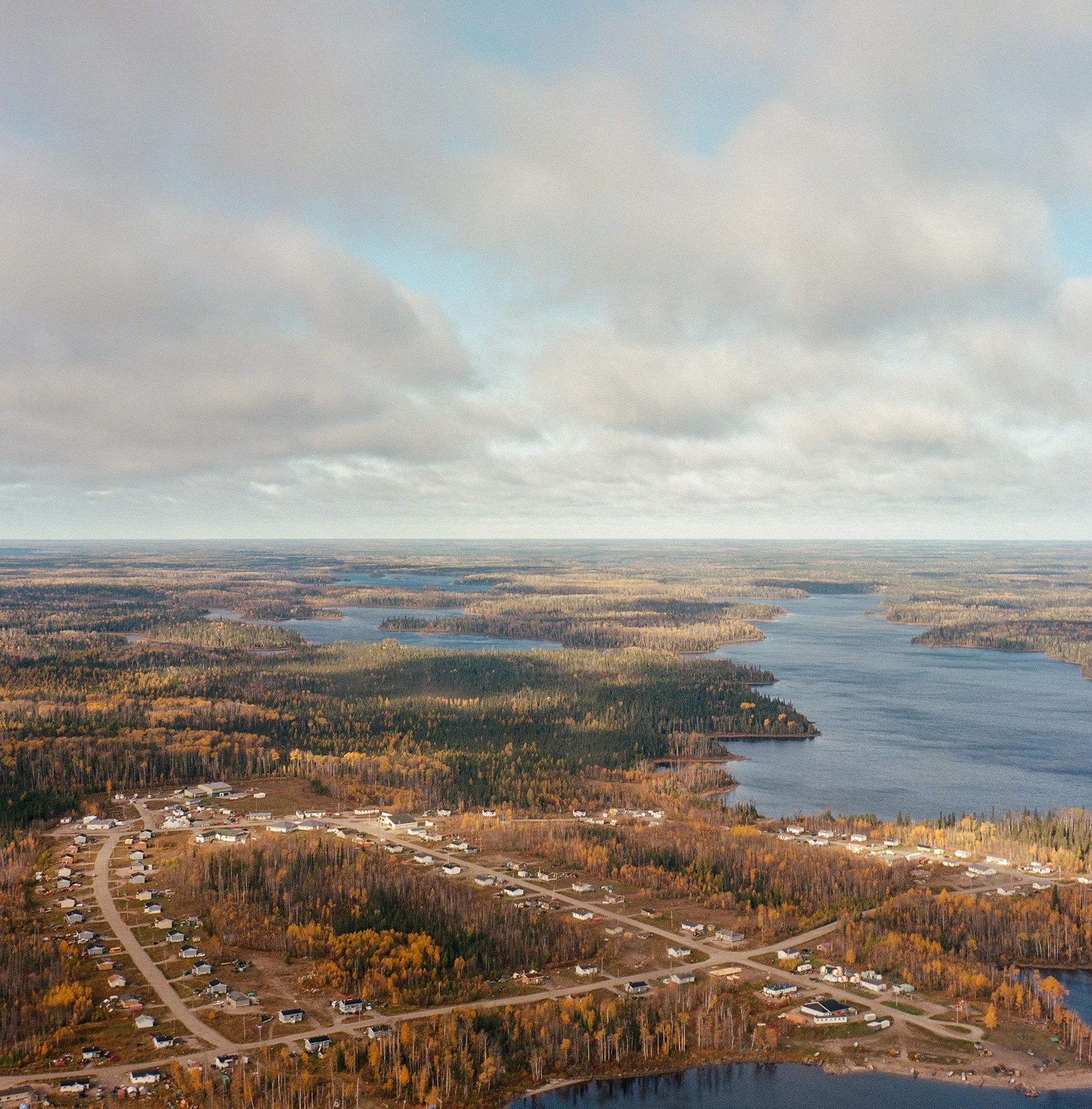
An aerial view of Neskantaga First Nation, a remote Ojibwe community of around 300 residents, located downstream from the Ring of Fire development.
![Elder Leo Moonias poses for a portrait. “[Water] means a whole lot. I’ve been here my whole life. I love this land a lot, this water, everything.”](https://images.squarespace-cdn.com/content/v1/60479b5e02cc1845fb3601a1/bc1f39b9-1978-423c-ab9a-066731c574a3/Sara+Edit023.jpg)
Elder Leo Moonias poses for a portrait. “[Water] means a whole lot. I’ve been here my whole life. I love this land a lot, this water, everything.”
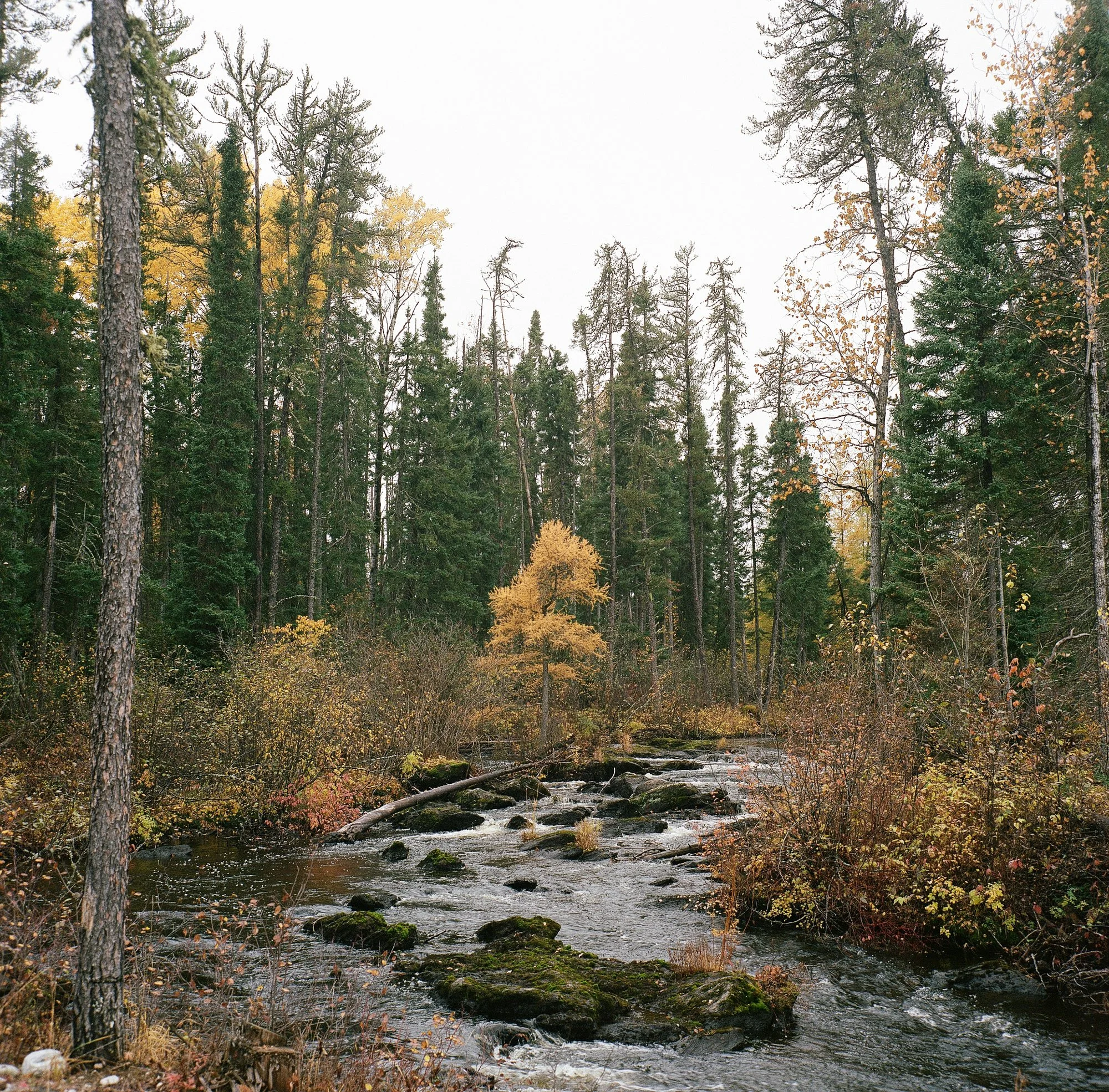
Water flows in abundance across the land, yet the residents rely on bottled and boiled water to sustain their lives. Elder Leo Moonias says that before the community was relocated in the 1990s, they “had all kinds of water."
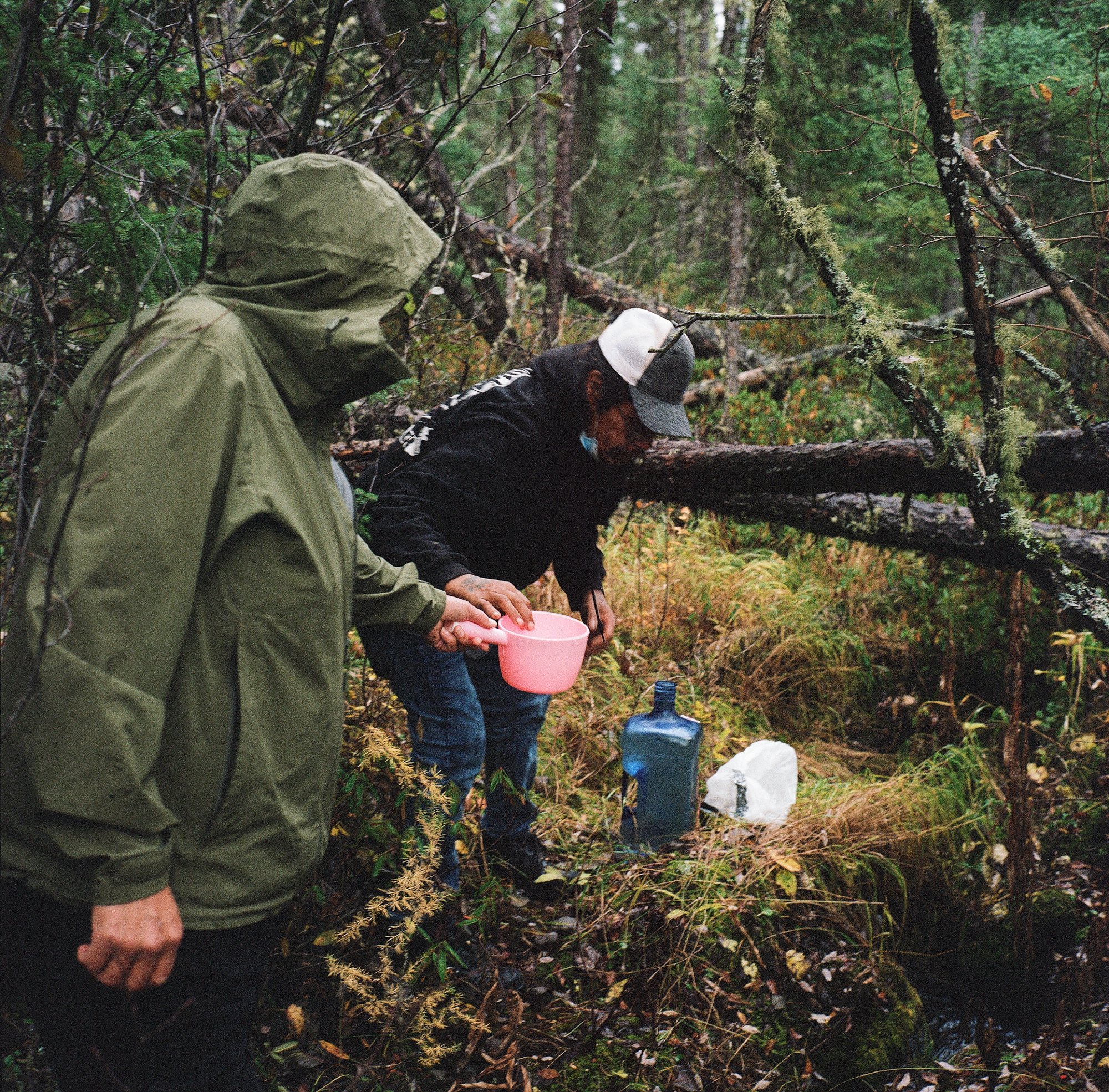
Derek Moonias fetches clean water with a friend from a fresh spring about an hour's drive from town.
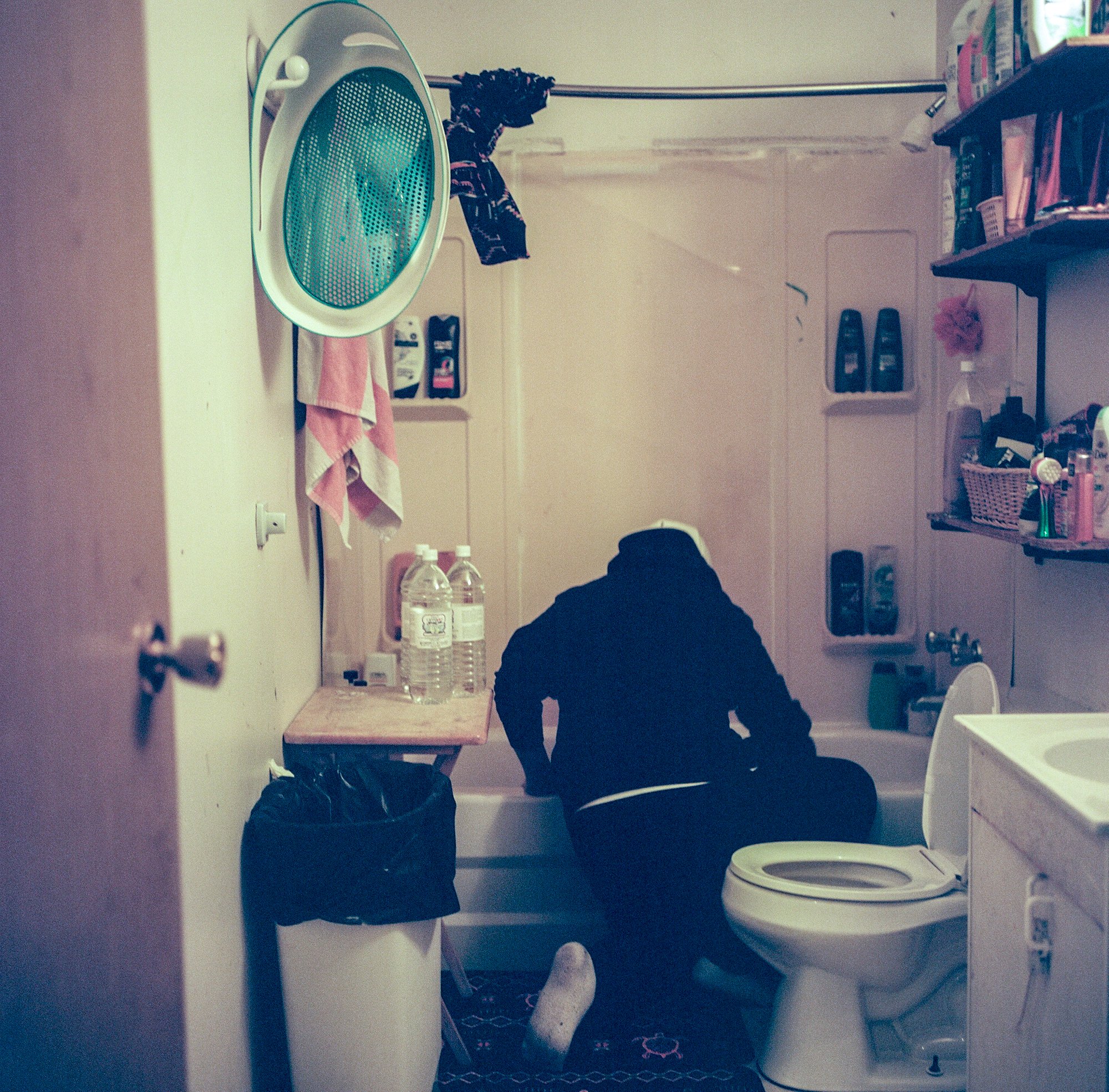
Martin Anges prepares to bathe his newborn baby with boiled bottled water.
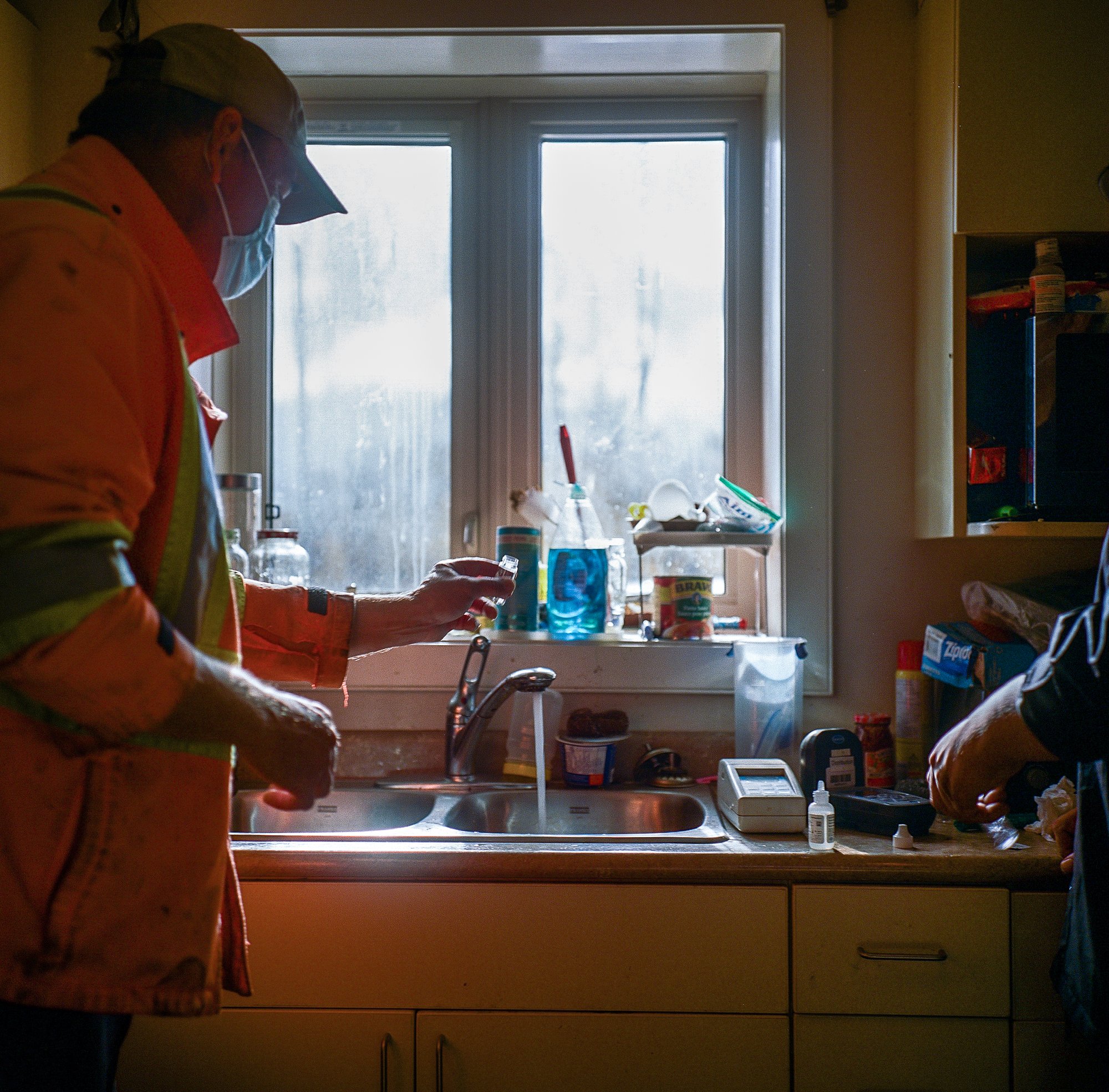
Water is tested in the home of Elder Ronie Moonias
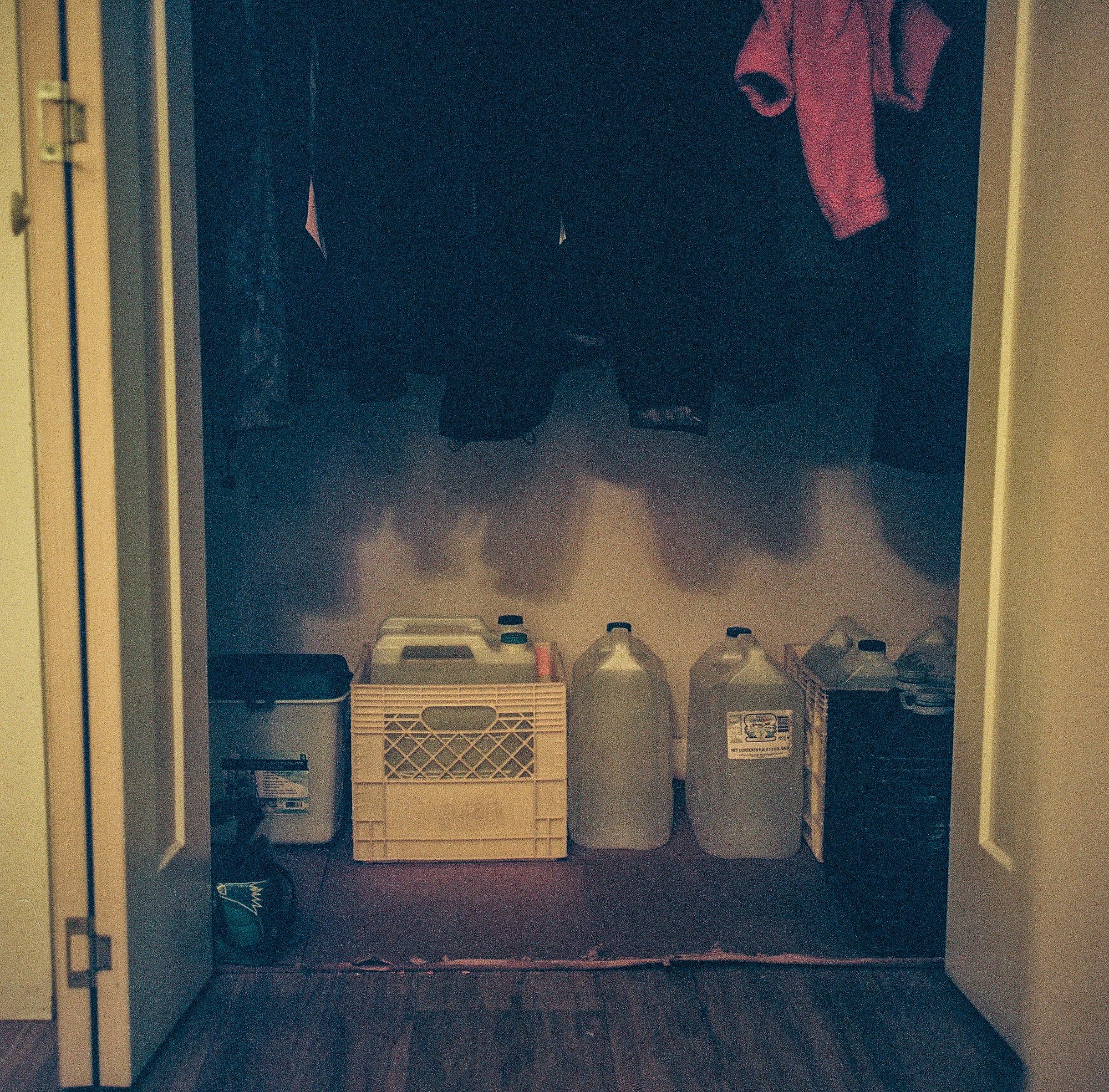
A closet full of bottled water in the home of elder Ronnie Moonias
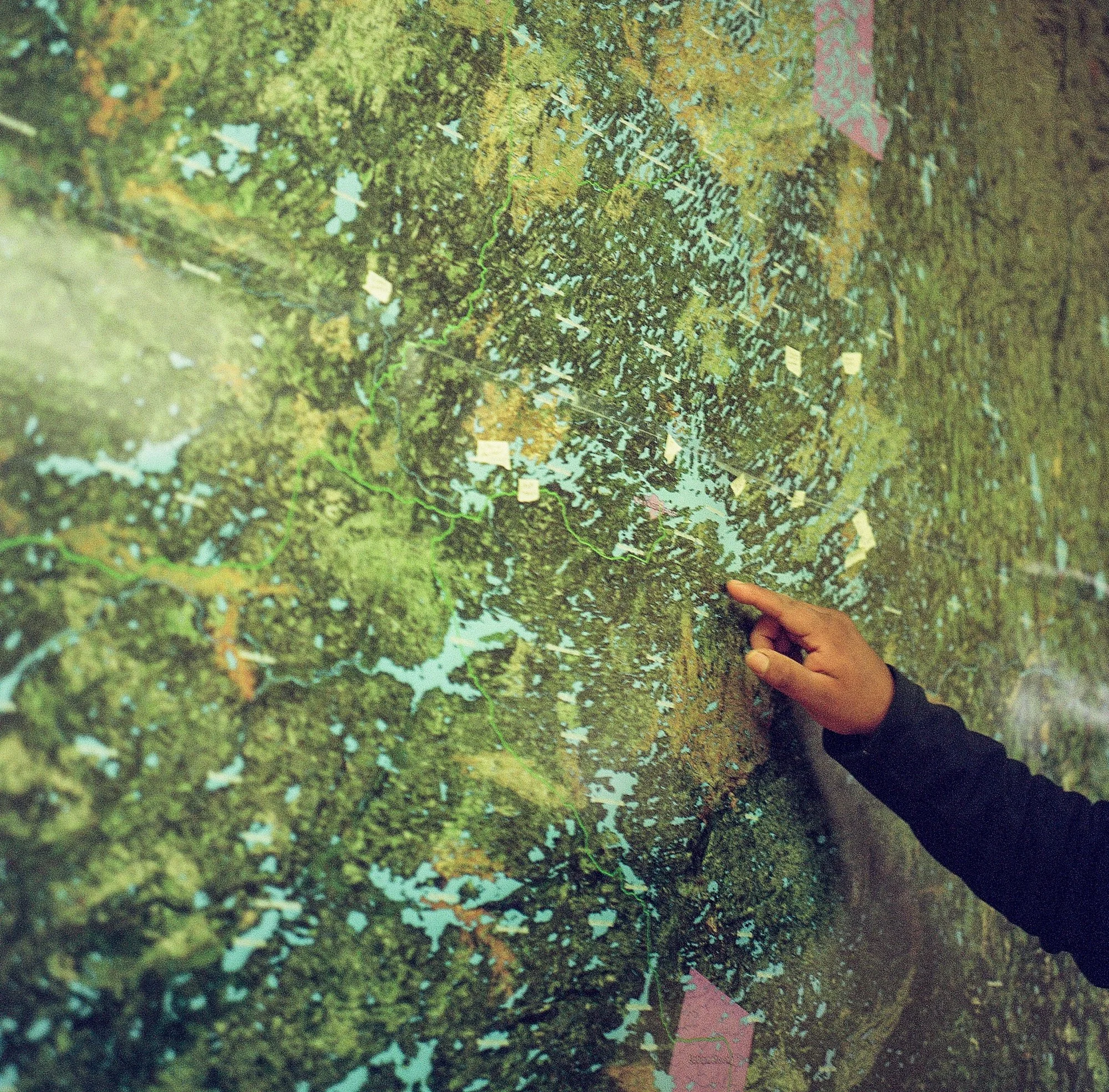
A map of the region highlights the abundance of water surrounding the community
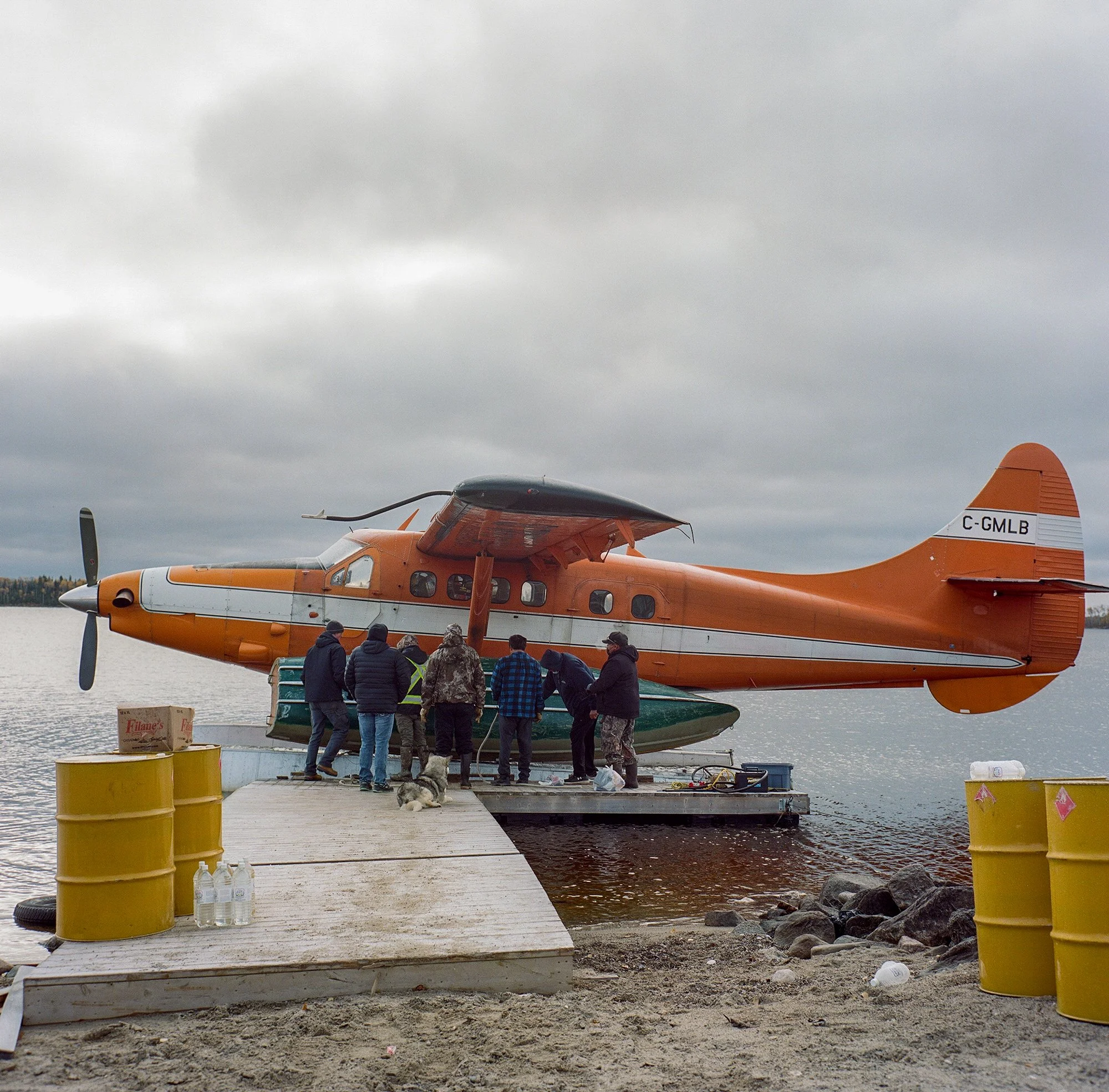
Neskantaga First Nation is a fly-in community with no road access, relying entirely on air transport for supplies and essential services throughout the year
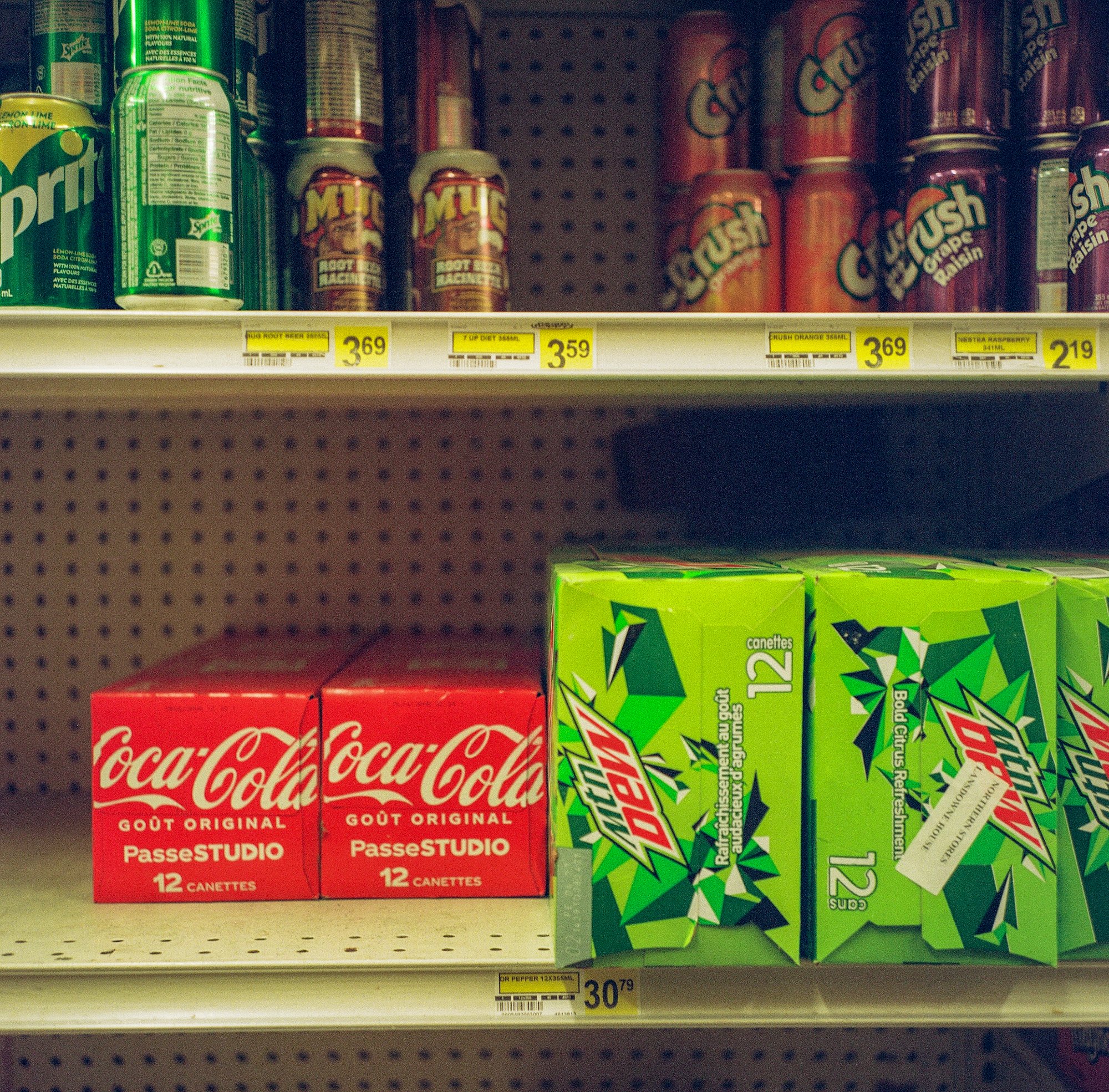
Pop and other items at the grocery store are inflated due to the distance they need to travel

Fort Chipewyan
Along the Peace–Athabasca Delta in northern Alberta, water continues to guide life, and its changes are carefully watched.
Fort Chipewyan sits where the Peace–Athabasca Delta meets Lake Athabasca in northern Alberta. The community is home to the Athabasca Chipewyan First Nation, Mikisew Cree First Nation, and Fort Chipewyan Métis Nation.
Although there is no formal boil-water advisory, many residents choose not to drink the tap water. Concerns about contamination from upstream industry have shaped daily life and how people relate to the water around them. Elders speak of changes they have witnessed over time, including shifts in fish health, water levels, and the natural rhythms of the lake. Each year, families, scientists, and land users gather at a place called Jackfish for fish camp. It is a time to share knowledge, collect samples, and pay close attention to what is changing.

A view of the town of Fort Chipewyan, Alberta

Mikisew Cree First Nation elder George Sloan Whiteknife drives a boat on Lake Athabasca with youth. Whiteknife grew up hunting and fishing with his father, and has for decades noticed changes to the fish and water levels living downstream from the oil sands.

Fish hang to dry at a place known locally as Jackfish to attend, where residents of Fort Chip attend a ‘fish camp’ and discuss issues facing the community. Land users, scientists, and elders gather annually to collect fish samples and monitor water quality changes.
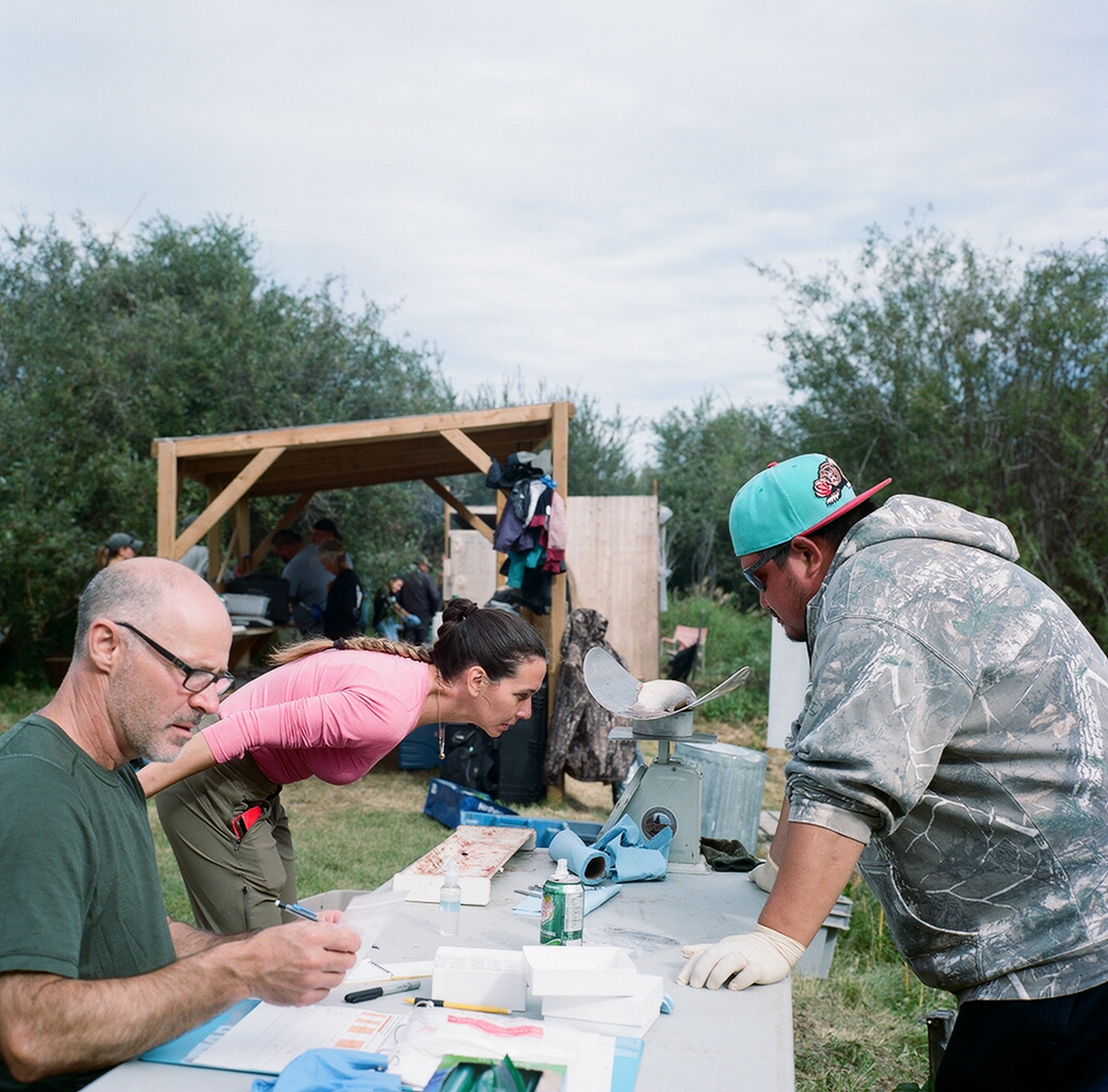
Residents of Fort Chip gather at a place known locally as Jackfish to attend a ‘fish camp’ and discuss issues facing the community. Land users, scientists, and elders gather each year to take samples of the fish and monitor the changes to the water.

The Late Chief Peter Powder of Mikisew Cree Nation and the late Mary Rose McKay together at Jackfish. The town of Fort Chipewyan is small, with 798 people, most people know one another and have for generations.

Kendal Tuccaro, 21, prepares to go fishing with her uncle, Kendrick Cardinal, President of Fort Chipewyan Métis Nation.

Friends play on the swingset in Fort Chipewyan along the shores of Lake Athabasca.

An abandoned fishing boat sits on the shores of Lake Athabasca in Fort Chipewyan, a town which sits at the Northwestern tip of the Lake in Northern Alberta.

Morgan Voyageur, the Manager of ACFN’s Community Monitoring Program, has been fishing the waters around Fort Chip his entire life. He has seen temperatures rise and levels drop in the water.
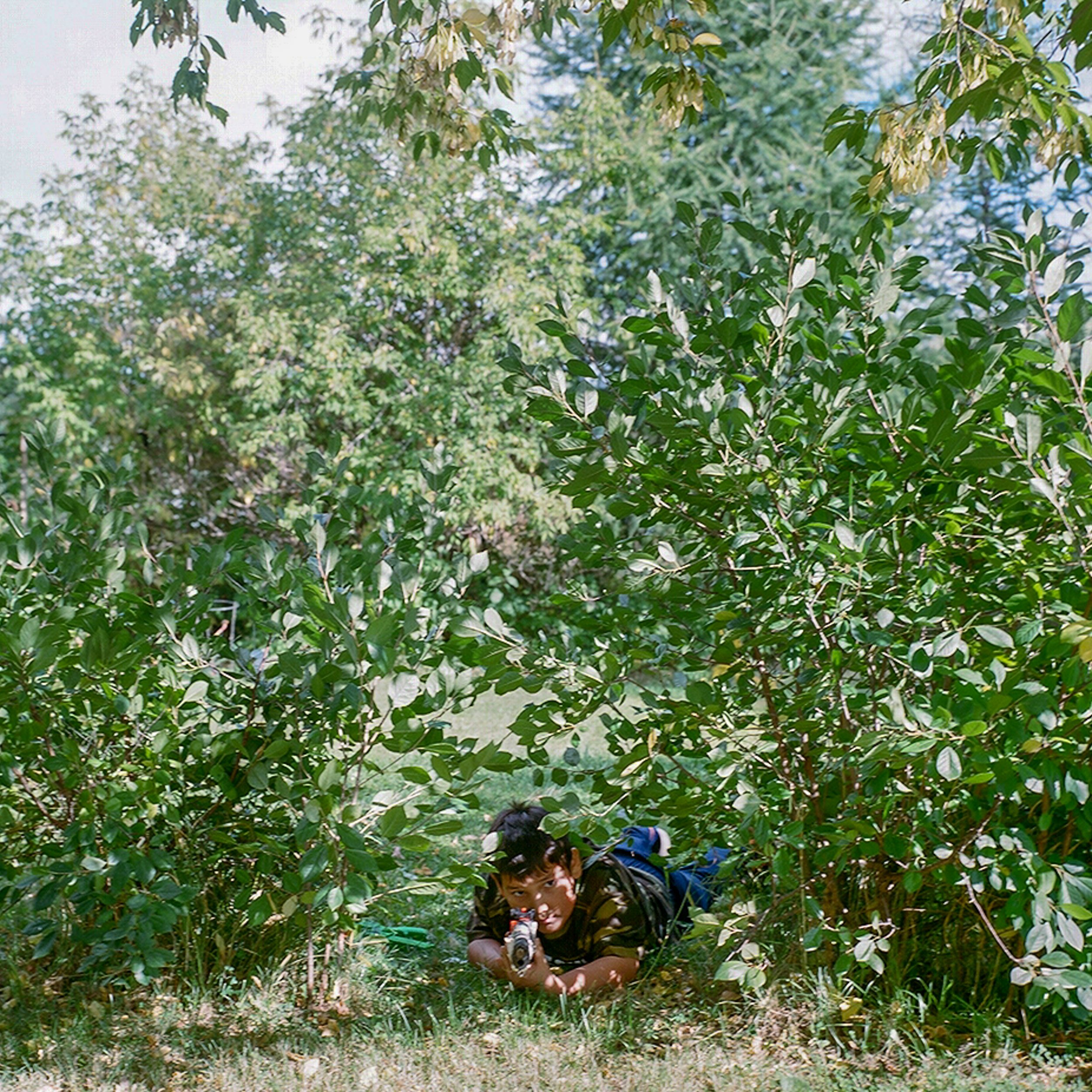
Elder Alice Rigney's grandson Ian plays on Rigney's property with a fake gun in Fort Chipewyan.

The Late Fred ‘Jumbo’ Fraser of Fort Chipewyan Métis Nation looks out of the expanse of Lake Athabasca.
Meet Sara Hylton
Award-Winning Photographer, Environmental Storyteller, and National Geographic Explorer
2021 Trebek Grantee Sara Hylton is a Canadian photographer and National Geographic Explorer whose work focuses on the intersection of gender, Indigenous rights, and the environment.
Her compassionate and intimate approach has made her a trusted voice in documenting human and environmental stories. Her photography has appeared in National Geographic, TIME, and The New York Times. She has received support from the Magnum Foundation, the Pulitzer Center, and the International Women’s Media Foundation.
Based in Brooklyn, Sara is a faculty member at the International Center of Photography and teaches with the National Geographic Photo Camp. She also offers workshops and shares her practice online at sarahylton.com
For more inspiring stories and
discoveries from the Trebek Initiative.
Stay informed about groundbreaking projects like Dalal's and witness the journey of exploration, innovation, and hope that illuminates and inspires appreciation for Canada's rich natural and cultural heritage.















